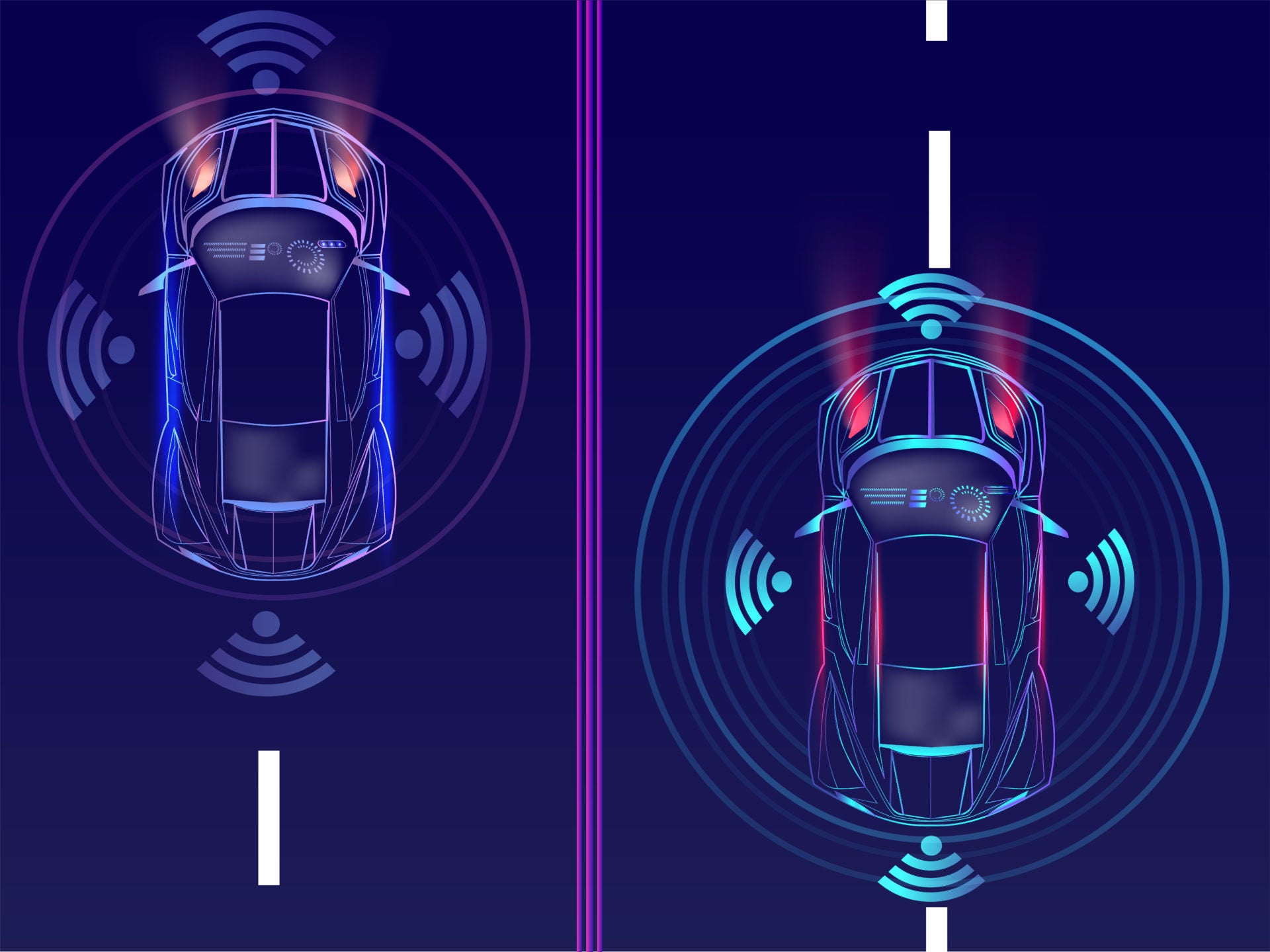
It’s about 2,500 miles from the spiritual home of the automotive industry in Detroit, Michigan, to the heart of the tech world in Silicon Valley – but the gap between the two is narrowing rapidly.
As automotive companies try to focus on their future amidst a frenzy of technological development, their counterparts in the tech world clearly see a connected future for transportation and mobility.
Much like the aviation industry was transformed by avionics in the last century, the automotive sector is on a similar trajectory now, with connected electronic systems taking a bigger role in the control, monitoring, communication, safety and navigation of the vehicle.
Collaboration for survival
The pace of electronics adoption in the auto-industry is blistering. However, unlike the aviation industry, who had time to develop the required electronic skills in-house, automotive original equipment manufacturers (OEMs) must partner with the tech-sector to equip themselves for success.
Choosing the right technology partners as these two industries converge is vital, particularly as the two industries move at different speeds. It is what auditor KPMG calls ‘the clock speed dilemma’.
The automotive sector is familiar with timescales in the 5-7 year range, while Moore’s Law has governed the pace of technology development for the past 50 years.
How well do you really know your competitors?
Access the most comprehensive Company Profiles on the market, powered by GlobalData. Save hours of research. Gain competitive edge.

Thank you!
Your download email will arrive shortly
Not ready to buy yet? Download a free sample
We are confident about the unique quality of our Company Profiles. However, we want you to make the most beneficial decision for your business, so we offer a free sample that you can download by submitting the below form
By GlobalDataThe semiconductor sector, where Moore’s Law was formed, has an unmistakable characteristic: it doesn’t wait to be asked to make better, faster and smaller chips, it does so automatically as a core part of its industry DNA.
And while some data-native companies – technology firms with ambitions in the ‘intelligent mobility’ sector – try to overtake and outmanoeuvre Detroit, the automobile OEMs who can figure out how to collaborate most efficiently with their tech partners, may well be the ones who thrive as their sector is transformed.
The ultimate arbitrator, the customer, will decide who wins.
What tech can we expect in the automotive industry?
Early developments such as keyless entry, safety systems that use sensors, actuators, cameras, voice control and collision avoidance systems will soon become commonplace.
The recent boom in consumer technology has set expectations very high for in-car information systems.
Cars will also need to accommodate, integrate and communicate with passenger wearables or carry-on technology which could include medical devices, personal monitoring technology or simply your mobile phone.
And there is also the inevitable move to what the aviation industry calls ‘unmanned systems’ and we call ‘autonomous vehicles’.
The vehicle’s ability to function without human assistance is measured on a scale from 0-5: 0 being no assistance; 1 and 2 are varying degrees of temporary assistance; 3 is hands-off; 4 is eyes off; and 5 is mind off, where it is solely up to the vehicle to get you from A to B.
Over the next twenty to thirty years, the industry will shift more quickly to full autonomy.
As we move up this scale, intelligence and connectivity become increasingly critical. 5G, the next generation of mobile technology, will connect vehicles with infrastructure and people. Pedestrians will most likely opt-in to have software on their devices which make them visible to their environment.
The greater bandwidth and lower latency offered by 5G, coupled with smarter city infrastructure and edge computing, which will put the computational processing closer to where the data is generated, will enable us to get to levels 4 and 5 autonomy.
We may miss the joy of the acceleration pedal or thrill of a tight curve, but the benefits will be measured in tens of thousands of lives saved from traffic accidents caused by human error. Connected devices can already identify pedestrians, vehicles and objects outside the line of sight. Connected cars will, therefore, avoid accidents that human drivers cannot.
In terms of timeframe, we can expect the car to communicate with other vehicles, infrastructure and pedestrians at scale within the next two to five years.
OEMs need to choose partners carefully
Typically, automotive technology suppliers are singularly focused on the automotive sector. The disadvantage is that they do not have the breadth of experience in other industries to bring new ideas, innovations, or technology. Nor can they appreciate the nuanced integration requirements of the modern consumer that is expected from their vehicle.
Also, the standards required for the automotive sector are vastly higher than personal electronics. So pure play tech companies – those that focus only one particular product – may only be part of the solution.
When you rely on electronics systems to tell the car what direction to turn, whether to apply the breaks or make minute adjustments to steering, you need systems that are able to consistently perform with near zero tolerance for failure, whatever the conditions and at temperatures beyond the norm of consumer electronics, for decades on end – all factors that will be determined in Silicon Valley.







